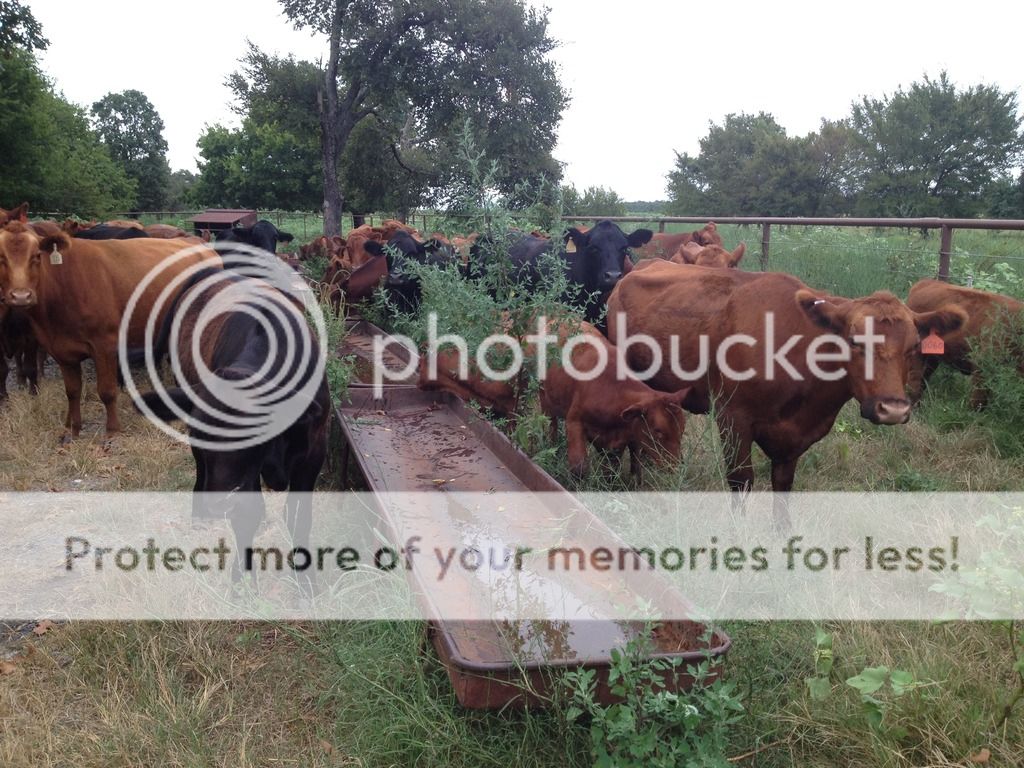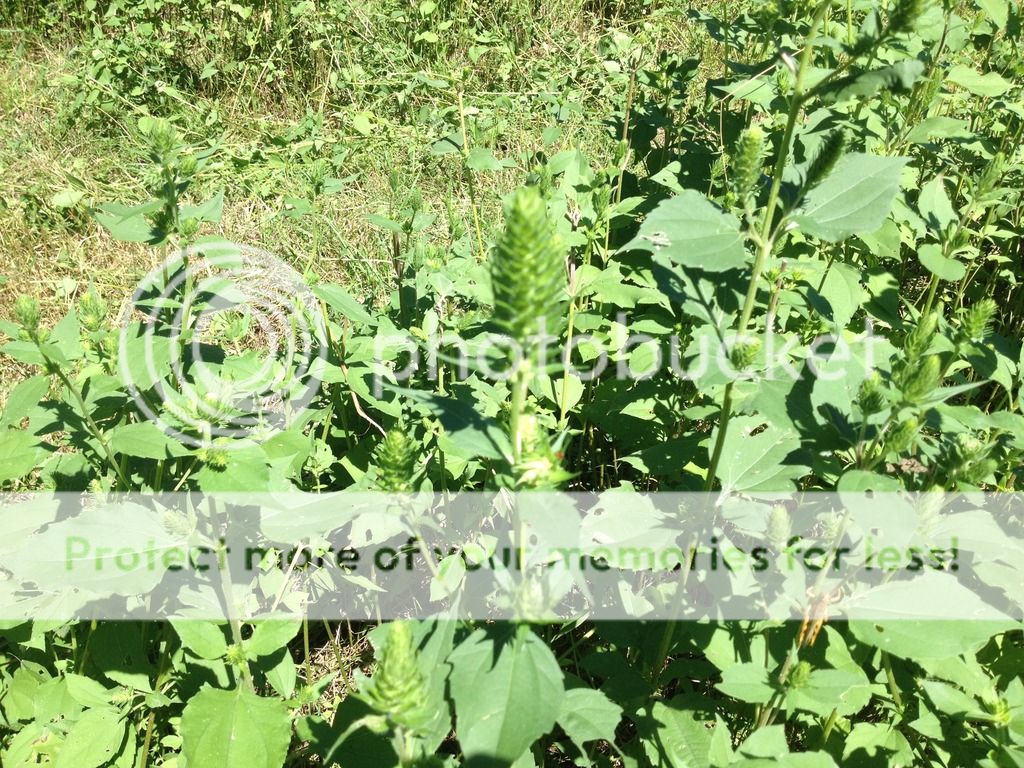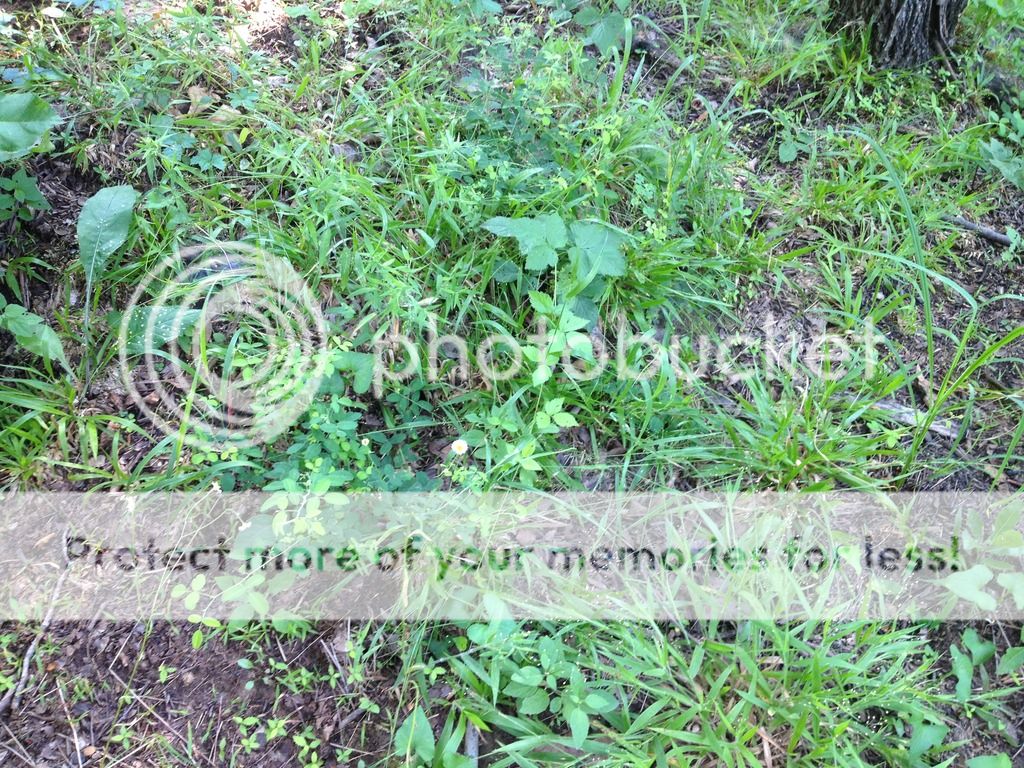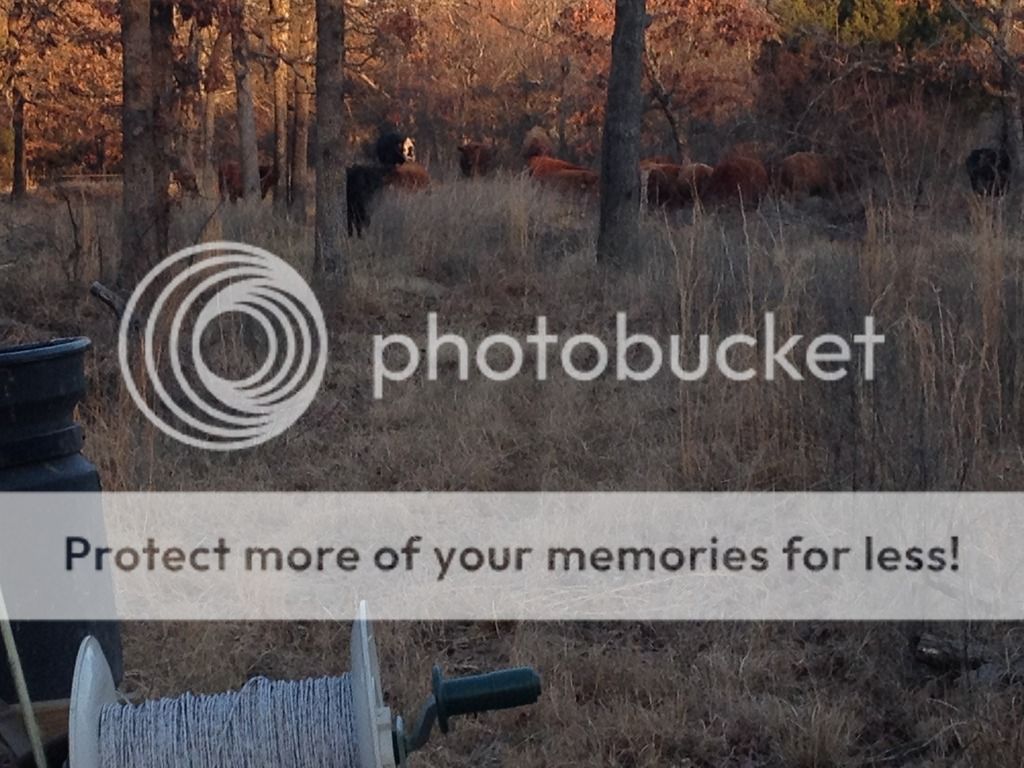Not wanting to high jack the weeds thread, http://deerhunterforum.com/index.php?threads/weeds.597/ I would like to see a thread about the good weeds that deer browse on readily. Weeds that should be maintained.
You are using an out of date browser. It may not display this or other websites correctly.
You should upgrade or use an alternative browser.
You should upgrade or use an alternative browser.
Good weeds
- Thread starter ncnat
- Start date
Turkey Creek
Well-Known Member
Young ragweed, pigweed, lambsquarter.... all the ones you could also list in the dont want to have category! I guess everything in moderation.
T-Max
Well-Known Member
Young ragweed, pigweed, lambsquarter.... all the ones you could also list in the dont want to have category! I guess everything in moderation.
This has been my experience as well. Funny as it may seem, the deer tend to browse the plants that I have sprayed with 2-4D even harder than normal.
Quite honestly....a 'good weed' or a 'preferred broadleaf forage'.....will show moderate to high use by either deer or cattle. A 'true weed' will show little or no use by the animal. Most of our summer forbs are starting to pollinate, so we use a mower to control low preference forbs (lanceleaf ragweed, cocklebur, wooly croton, late flowering boneset, etc) at this critical time, then follow up on these heavily infested areas with a cover crop high in hairy vetch for better control. When forbs enter heavy pollination, cattle use markedly declines and the tall forbs have served their purpose from a root perspective.....so cut their head off and recycle the OM.
Tall weed on right of feed bunk is overly mature lambsquarter....cows will take it down to a stub like in front of feed bunk...then deer will readily use the new lush growth...that is considered 'high preference' when used by both deer and cattle. Occasionally, I like to take the herd through the lot let them stay there so I can monitor body condition and observe their preference for weeds which have been rested most of summer. New DIL was with me as I wanted to show her and my son how content and gentle this herd can be...they will eventually be responsible for mid-week herd moves!

Quite honestly.....deer and cattle will eat quite a variety of weeds if given the opportunity. Which specie used this forb, I don't know but suspect both.....use seems to be 'moderate preference' but not high pressure use like lambsquarter. Didn't know what the ID was on this forb at the time so I took pics and just mowed a couple lanes through the patch for better light penetration. It is annual sumpweed....a sin of the haybale....like cuckle burr.


Tall weed on right of feed bunk is overly mature lambsquarter....cows will take it down to a stub like in front of feed bunk...then deer will readily use the new lush growth...that is considered 'high preference' when used by both deer and cattle. Occasionally, I like to take the herd through the lot let them stay there so I can monitor body condition and observe their preference for weeds which have been rested most of summer. New DIL was with me as I wanted to show her and my son how content and gentle this herd can be...they will eventually be responsible for mid-week herd moves!

Quite honestly.....deer and cattle will eat quite a variety of weeds if given the opportunity. Which specie used this forb, I don't know but suspect both.....use seems to be 'moderate preference' but not high pressure use like lambsquarter. Didn't know what the ID was on this forb at the time so I took pics and just mowed a couple lanes through the patch for better light penetration. It is annual sumpweed....a sin of the haybale....like cuckle burr.


Semisane
Active Member
Cap'n
Active Member
http://www.noble.org/ag/wildlife/deer-foods/food-requirements/#forage
Noble foundation did a study on what deer eat, it was done over 20 years ago but the info is still valid. It was done in the crosstimbers section of Oklahoma and Texas and is full of good info. After i checked out that study I started fertilizing my properties especially the native plants around food plots and mast producing trees. They have pictures of all the plants that the deer fed on in the study, Thats why I dont always try to kill every weed that gets in my plots, unless its competing with and winning the battle against what I planted because at a certain time of the year that may be important food for them.
Noble foundation did a study on what deer eat, it was done over 20 years ago but the info is still valid. It was done in the crosstimbers section of Oklahoma and Texas and is full of good info. After i checked out that study I started fertilizing my properties especially the native plants around food plots and mast producing trees. They have pictures of all the plants that the deer fed on in the study, Thats why I dont always try to kill every weed that gets in my plots, unless its competing with and winning the battle against what I planted because at a certain time of the year that may be important food for them.
Correct...we haven't sprayed pastures in 6 years now....the amount of beneficial forbs has increased both in kind and amount. We just mow areas where low preference forbs become dominant.
The Noble study is a good one....look closely at the mineral content of Osage orange as ex....extremely high and a woody species we promote in pastures for that reason (high deer and cattle preference). Fertilizing for tame pasture production is something the Noble crew recommends....but NOT for wildlife native habitat enhancement or rangeland grazing. We have been cooperators with Noble since 2010....very good service and it's FREE!
Fertilizing native lands (unless the fertilizer is manure...we use broiler litter on native hay meadows with positive results) is a waste of time and money in most cases(OSU did the work on native stuff and synthetic way back)....because most all native plants are sufficiently deep rooted to bring up a balanced array of nutrients from subsoil...and...if trees/woody species are left in the rangeland then soil fungi provide the phosphorous networking. Synthetic fertilizer is a good way to disrupt the soil fungi network which is critical to healthy rangeland...exercise caution with doing that on established range....reclaim areas or old cotton ground is a different story (may need help initially).
The Noble Foundation promotes prescribed fire and tree thinning and planned grazing. Those 3 management practices help promote the forb and native legume density wildlife need from native lands at landscape scale. Grazing provides an additional benefit which fire and thinning don't....that is a growing season disturbance which slows the maturity rate of legumes and forbs and extends their period of high quality forage available to wildlife (deer benefit from 60 to 90d recovery periods after grazing native range).
These short native legumes and forbs after fire are what deer seek. We have some cameras set up to watch what deer browse when they pass through these native burn/thin units. These pics were taken from burning and thinning this spring.


We defer grazing on most of these native units until winter after thinning and fire. This pic was taken last Jan and shows regrowth after 2015 spring burn/thin. The goal of grazing here is to recycle the standing biomass and promote more forbs in years between fires.

The Noble study is a good one....look closely at the mineral content of Osage orange as ex....extremely high and a woody species we promote in pastures for that reason (high deer and cattle preference). Fertilizing for tame pasture production is something the Noble crew recommends....but NOT for wildlife native habitat enhancement or rangeland grazing. We have been cooperators with Noble since 2010....very good service and it's FREE!
Fertilizing native lands (unless the fertilizer is manure...we use broiler litter on native hay meadows with positive results) is a waste of time and money in most cases(OSU did the work on native stuff and synthetic way back)....because most all native plants are sufficiently deep rooted to bring up a balanced array of nutrients from subsoil...and...if trees/woody species are left in the rangeland then soil fungi provide the phosphorous networking. Synthetic fertilizer is a good way to disrupt the soil fungi network which is critical to healthy rangeland...exercise caution with doing that on established range....reclaim areas or old cotton ground is a different story (may need help initially).
The Noble Foundation promotes prescribed fire and tree thinning and planned grazing. Those 3 management practices help promote the forb and native legume density wildlife need from native lands at landscape scale. Grazing provides an additional benefit which fire and thinning don't....that is a growing season disturbance which slows the maturity rate of legumes and forbs and extends their period of high quality forage available to wildlife (deer benefit from 60 to 90d recovery periods after grazing native range).
These short native legumes and forbs after fire are what deer seek. We have some cameras set up to watch what deer browse when they pass through these native burn/thin units. These pics were taken from burning and thinning this spring.


We defer grazing on most of these native units until winter after thinning and fire. This pic was taken last Jan and shows regrowth after 2015 spring burn/thin. The goal of grazing here is to recycle the standing biomass and promote more forbs in years between fires.


